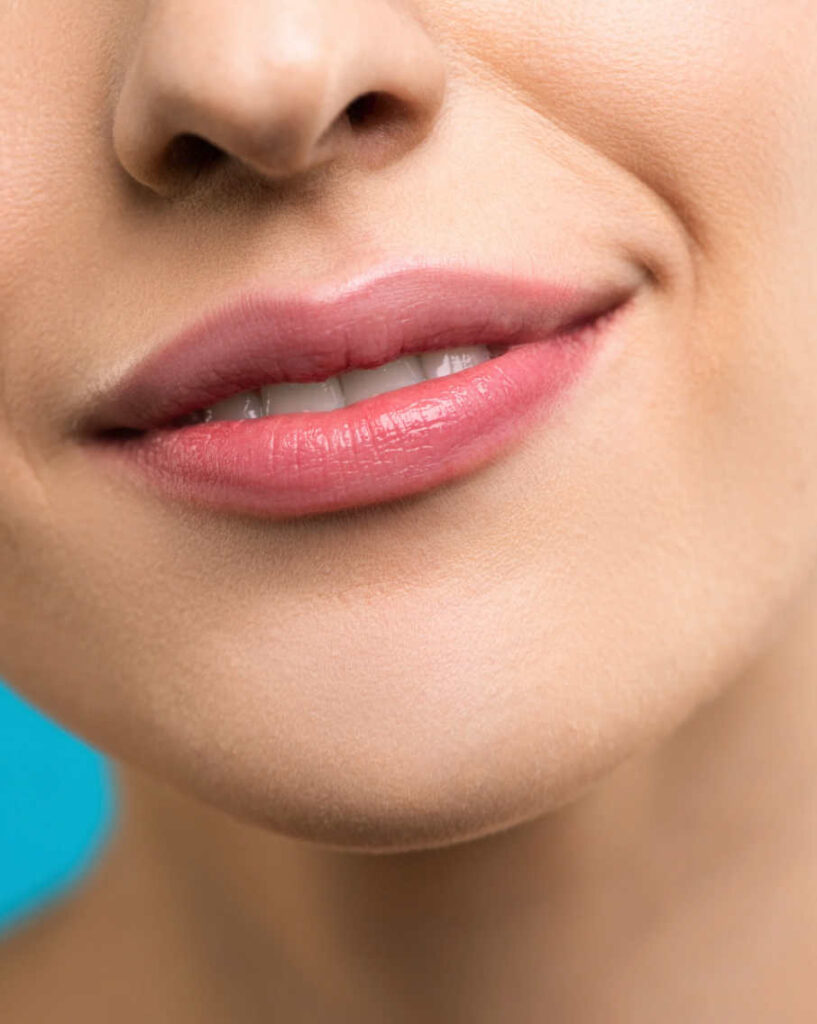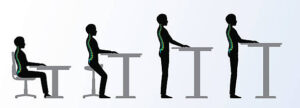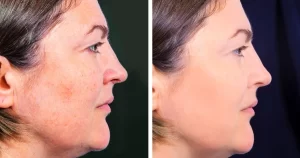Lip augmentation has become one of the most popular cosmetic treatments in the beauty world, especially for individuals seeking fuller, more defined lips. The procedure, often performed using injectable dermal fillers, can deliver natural-looking results with minimal downtime. However, as with any medical or cosmetic intervention, it’s essential to understand the potential risks and side effects before undergoing treatment. If you’re considering Lip Augmentation in Islamabad, it’s important to be well-informed about what to expect, not just in terms of benefits but also possible complications.
In this guide, we will explore both the common and rare side effects of lip augmentation, why they occur, and how to manage or avoid them effectively.
Understanding Lip Augmentation
Lip augmentation typically involves the use of hyaluronic acid-based fillers (like Juvederm or Restylane) injected into the lips to add volume, correct asymmetry, and enhance shape. The treatment is minimally invasive and can be done in under an hour, making it a convenient option for many.
While the procedure is generally safe when performed by a trained and experienced provider, knowing the possible side effects can help you prepare and take appropriate precautions.
Common Side Effects of Lip Augmentation
1. Swelling
Description: Swelling is the most common and expected side effect after lip filler injections. It usually peaks within the first 24 to 48 hours and begins to subside after a few days.
Why it happens: The injection process naturally causes trauma to the tissue, triggering an inflammatory response.
Management: Apply a cold compress to the treated area, avoid touching or massaging your lips, and keep your head elevated while sleeping.
2. Bruising
Description: Bruising around the lips or injection sites can occur and may last anywhere from a few days to a week.
Why it happens: Tiny blood vessels under the skin may be disrupted during injection, leading to bruising.
Management: Avoid alcohol, aspirin, or blood thinners for 48 hours before and after treatment. Arnica gel can help speed up healing.
3. Tenderness or Discomfort
Description: Mild discomfort, tenderness, or sensitivity at the injection sites is common and usually short-lived.
Why it happens: This occurs due to the injection process and the body adjusting to the presence of the filler.
Management: Over-the-counter pain relievers like paracetamol can help ease discomfort. Avoid strenuous activity for a day or two post-treatment.
4. Redness or Itching
Description: Some individuals may experience temporary redness, itching, or a mild rash around the treated area.
Why it happens: This can be a minor inflammatory reaction to the filler material or antiseptic used before the procedure.
Management: These symptoms usually resolve on their own. Antihistamines may help if itching persists.
Less Common Side Effects
5. Lumps and Irregularities
Description: Small lumps or uneven texture may develop in the lips following treatment.
Why it happens: Uneven filler placement, over-injection, or product migration can lead to irregular results.
Management: Gentle massaging (if advised by your practitioner) may help. In more severe cases, hyaluronidase may be used to dissolve the filler.
6. Filler Migration
Description: This occurs when the filler moves from the intended area to surrounding tissues, potentially creating a puffed or unnatural look.
Why it happens: Filler migration can be due to poor technique, excessive volume, or frequent re-injections.
Management: It may require professional correction, including possible filler dissolution and re-treatment.
7. Cold Sore Reactivation
Description: If you have a history of herpes simplex virus (cold sores), injections may trigger a recurrence.
Why it happens: The stress and minor trauma from the procedure can reactivate the virus.
Management: Antiviral medication before and after treatment can reduce this risk. Inform your provider if you’re prone to cold sores.
Rare But Serious Side Effects
8. Vascular Occlusion
Description: This rare but severe complication occurs when filler is inadvertently injected into a blood vessel, potentially blocking blood flow.
Symptoms: Severe pain, blanching of the skin, or discoloration within minutes of injection.
Why it happens: It results from poor injection technique or lack of anatomical knowledge.
Management: Immediate use of hyaluronidase is required to dissolve the filler and restore circulation. This underscores the importance of choosing a qualified injector.
9. Allergic Reactions
Description: Allergic responses to the filler material are extremely rare, especially with modern hyaluronic acid-based fillers.
Symptoms: Swelling, itching, rash, or difficulty breathing (in severe cases).
Management: Emergency treatment may be required for severe allergic responses. Always inform your provider of any allergies beforehand.
10. Infection
Description: Though rare, infection can occur if the treatment is performed in unsanitary conditions or aftercare is not properly followed.
Symptoms: Increased redness, pus, or persistent swelling accompanied by fever.
Management: Immediate medical treatment with antibiotics is necessary. Practicing proper aftercare significantly reduces this risk.
How to Minimize Side Effects
To reduce the risk of side effects from lip augmentation, follow these practical tips:
1. Choose a Qualified Professional
Only undergo treatment with a licensed dermatologist or cosmetic surgeon experienced in facial aesthetics. Expertise is crucial to ensuring both safety and optimal results.
2. Schedule a Proper Consultation
A good consultation will involve an assessment of your medical history, facial structure, and expectations. This step ensures you’re a suitable candidate for the procedure.
3. Follow Pre-Treatment Guidelines
Avoid alcohol, aspirin, and anti-inflammatory medications for 24–48 hours prior to your appointment to reduce the risk of bruising.
4. Adhere to Post-Treatment Instructions
Aftercare is essential. Avoid makeup on the treated area for at least 24 hours, do not touch or massage the lips unnecessarily, and stay away from extreme temperatures (e.g., saunas, hot drinks).
5. Communicate With Your Provider
If you notice anything unusual or concerning after the treatment—such as extreme swelling, uneven results, or signs of infection—contact your practitioner immediately for guidance.
Conclusion
Lip augmentation can be a rewarding aesthetic enhancement, offering plumper and more youthful lips with relatively minimal downtime. However, being fully informed about potential side effects is crucial in making a confident and safe decision. Most side effects are minor and temporary, but knowing how to prevent or manage them can make your experience smoother and more satisfying.
If you’re considering Lip Augmentation in Islamabad, choosing the right clinic and experienced professionals is the most effective way to ensure safe and beautiful results. Dynamic Clinic is a trusted name in cosmetic treatments, offering state-of-the-art facilities, certified practitioners, and personalized care plans tailored to your aesthetic goals. Your lips deserve expert attention—choose wisely for the best possible outcome.






